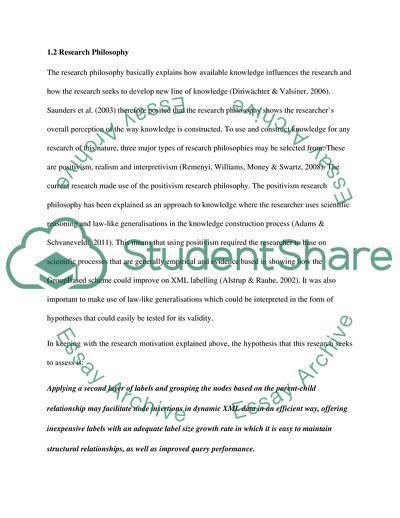Cite this document
(XML Labelling Scheme Methodology Research Paper Example | Topics and Well Written Essays - 1750 words, n.d.)
XML Labelling Scheme Methodology Research Paper Example | Topics and Well Written Essays - 1750 words. https://studentshare.org/information-technology/1856563-research-methodology
XML Labelling Scheme Methodology Research Paper Example | Topics and Well Written Essays - 1750 words. https://studentshare.org/information-technology/1856563-research-methodology
(XML Labelling Scheme Methodology Research Paper Example | Topics and Well Written Essays - 1750 Words)
XML Labelling Scheme Methodology Research Paper Example | Topics and Well Written Essays - 1750 Words. https://studentshare.org/information-technology/1856563-research-methodology.
XML Labelling Scheme Methodology Research Paper Example | Topics and Well Written Essays - 1750 Words. https://studentshare.org/information-technology/1856563-research-methodology.
“XML Labelling Scheme Methodology Research Paper Example | Topics and Well Written Essays - 1750 Words”. https://studentshare.org/information-technology/1856563-research-methodology.


